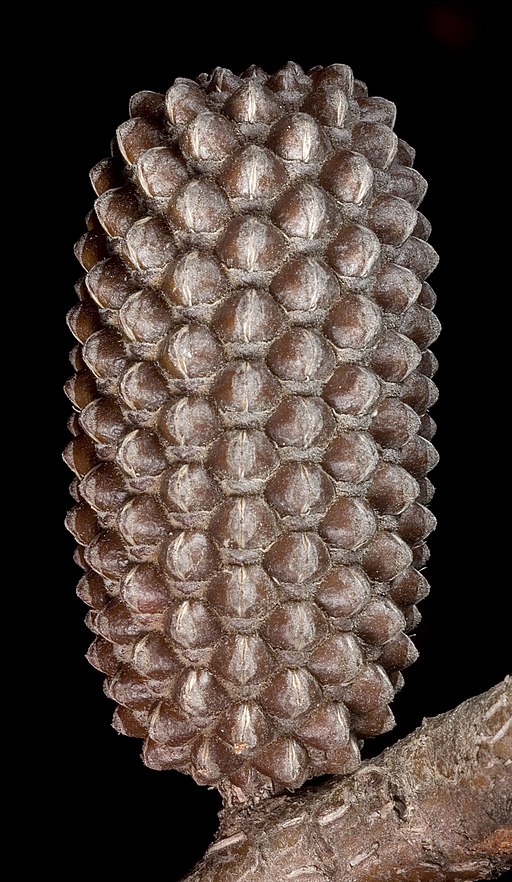Australia, CC BY 2.0 <https://creativecommons.org/licenses/by/2.0>, via Wikimedia Commons" href="https://commons.wikimedia.org/wiki/File:Allocasuarina_campestris_(6102393139).jpg">
Classification System: APG IV
Superregnum: Eukaryota
Regnum: Plantae
Cladus: Angiosperms
Cladus: Eudicots
Cladus: Core eudicots
Cladus: Rosids
Cladus: Eurosids I
Ordo: Fagales
Familia: Casuarinaceae
Genus: Allocasuarina
Species: Allocasuarina campestris
Name
Allocasuarina campestris (Diels) L.A.S.Johnson, J. Adelaide Bot. Gard. 6: 74 (1982).
Synonyms
Basionym
Casuarina campestris Diels, Bot. Jahrb. Syst. 35: 126 (1904).
Distribution
Native distribution areas:
Allocasuarina campestris
Continental: Australasia
Regional: Australia
Western Australia (N of the Murchison R. almost to the S coast near Ravensthorpe and E of Esperance)
References: Brummitt, R.K. 2001. TDWG – World Geographical Scheme for Recording Plant Distributions, 2nd Edition
References
Primary references
Johnson, L.A.S. 1982. Notes on Casuarinaceae II. Journal of the Adelaide Botanic Gardens 6(1): 73–88. JSTOR PDF Reference page. : 6: 74.
Links
Govaerts, R. et al. 2019. Allocasuarina campestris in World Checklist of Selected Plant Families. The Board of Trustees of the Royal Botanic Gardens, Kew. Published on the internet. Accessed: 2019 Sep 28. Reference page.
International Plant Names Index. 2019. Allocasuarina campestris. Published online. Accessed: Sep 28 2019.
Tropicos.org 2019. Allocasuarina campestris. Missouri Botanical Garden. Published on the internet. Accessed: 2019 Sep 28.
USDA, ARS, Germplasm Resources Information Network. Allocasuarina campestris in the Germplasm Resources Information Network (GRIN), U.S. Department of Agriculture Agricultural Research Service. Accessed: 07-Oct-06.
Allocasuarina campestris, commonly known as the Shrubby she-oak,[1] is a shrub of the she-oak family Casuarinaceae native to Western Australia.[2]
The dioecious or monoecious shrub typically grows to a height of 1 to 3 metres (3 to 10 ft) and produces red-brown flowers from August to November.[2]
The shrub is found widely throughout the Mid West, Wheatbelt, and the south west of the Goldfields-Esperance regions of Western Australia]].[2]
Allocasuarina campestris is used in gardens and grows in sandy or gravelly soils and is grown from seed.[1]
The species was first formally described as Casuarina campestris by the botanist Ludwig Diels in 1904. It was reclassified in 1982 in the genus Allocasuarina by Lawrence Alexander Sidney Johnson in the Journal of the Adelaide Botanic Gardens.[3]
References
"Allocasuarina campestris". Nindethana Australian Seeds. Retrieved 20 August 2016.
"Allocasuarina campestris (Diels) L.A.S.Johnson". FloraBase. Western Australian Government Department of Biodiversity, Conservation and Attractions.
"Allocasuarina campestris (Diels) L.A.S.Johnson". Atlas of Living Australia. Global Biodiversity Information Facility. Retrieved 13 January 2017.
Retrieved from "http://en.wikipedia.org/"
All text is available under the terms of the GNU Free Documentation License

